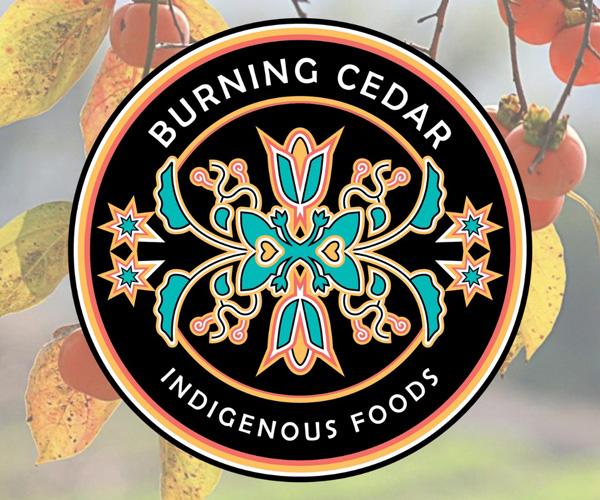
by Library News


by Library News
Students will have the chance to learn about food's role in Native American Culture through a cooking demonstration and talk at the UTA Central Library at Noon Monday, Nov. 14.
Nico Albert Williams, the Owner and Executive Chief of Burning Cedar Indigenous Foods will share her insight and knowledge about these foods with students as a member of the Cherokee Nation of Oklahoma.
The food Nico creates through her company specializes in traditional and modern Native American cuisine. Her work specializes in the revitalization of ancestral Indigenous foodways and promotes healing and wellness in the Native American community. Nico also educates people outside of the Native American community about Indigenous foods.
"What I usually do is a combination of the cooking demonstration, and I give an educational talk about what Native American food is because people are fairly unfamiliar with it being the original cuisine of this land," Nico said. "Some people might associate Indian tacos or frybread, but really there is so much more to Native American Foods than just foods like that. Those foods came about as we were being put on reservations and forced to make survival food with government rations."
Nico stated that there are so many ancestral foods that are beautiful and connected to the land, Native Americans' origin story and culture. The dishes she prepares reflect that story and are incorporated into the presentation. The dish Nico is looking to prepare for students at UTA is called Three Sisters' Stew.
"The three sisters are corn, beans and squash. We grow them together," Nico said. "Traditional Native American farming is not like the agriculture you see these days, where it is a monoculture where there are acres of one crop. That is not how Indigenous people farmed. We plant crops that support one another and add nutrients back into the soil."
Nico explained that in the three sisters' farming method, the corn is planted first.
The corn stalk becomes the support structure for the beans. The bean plants draw in nitrates from the air, which goes into their roots and the soil aiding the other plants. With its large leaves, the squash is planted last and shades the ground to keep moisture in it. It also keeps the ground cool for the plant's seeds and roots.
At the end of the presentation, students will have the chance to taste the dish Nico has prepared throughout her talk.
"I hope that the students will come away with a better understanding of what Native American food is and know a little bit more about Native American culture. How we relate to the land, plants, animals, water, air and land that we share," Nico said.
For more information about Burning Cedar Indigenous Foods, go to www.burningcedar.com.
Add new comment